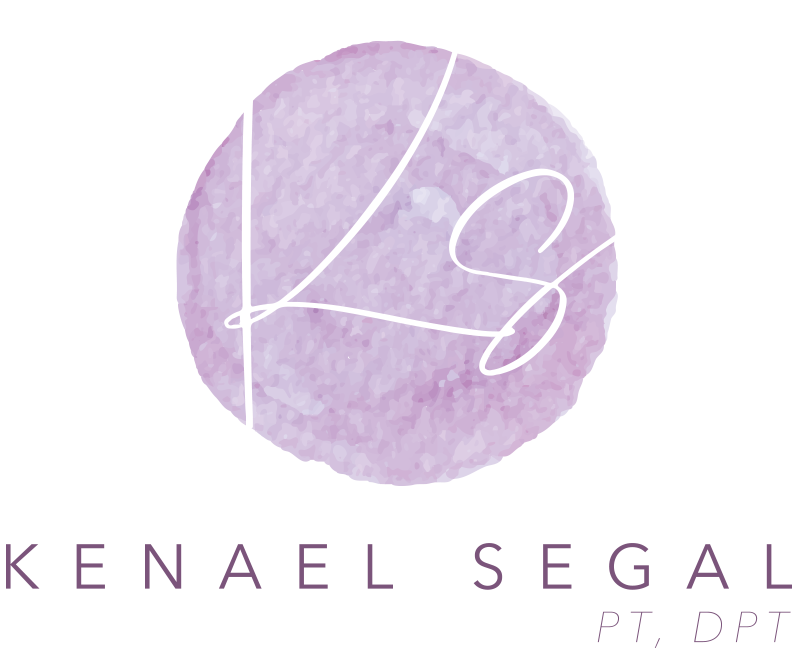Pains of being pregnant
Why every pregnant woman should see a PT
There are a few articles circulating on the web describing why every woman should receive physical therapy after the birth of a baby. In some countries, it’s standard practice (lucky)! We should also add that every woman should receive physical therapy before the baby is born as well. If you are pregnant, or have been down that road once or twice before, you know quite well the downsides that come with the territory. You know which ones I mean. You remember the annoying pains, hemorrhoids, lack of energy, and who can forget the leakage with a sneeze. You probably didn’t you know that physical therapy can manage some of the less than pleasant feelings.
Pain in the back—This is a fairly common complaint in pregnancy that affects almost two-thirds of pregnancies. It tends to get worse as the pregnancy progresses and can even linger long after the baby is born. The pain can be felt in the lower back and as far down as into the foot. Unfortunately, many women never seek treatment, dismissing pain as a natural part of the journey. Poor posture, loose ligaments, or a past injury may be to blame, but it does not mean it cannot be addressed. Physical therapy, which includes manual therapy, patient education, and exercise, has been shown to reduce pain and disability.
Too tired to do, well, anything— You’re feeling huge, you work crazy hours and you're somehow managing to get your other children to play dates and school. With all that you already have on your plate, your OB or midwife suggests that you exercise. Fatigue is a real problem during pregnancy and can leave you feeling empty. As counterintuitive as it may sound, 60 minutes of exercise, at least 3 times a week can actually leave you feeling more energized. While you're gathering more energy with each step up, you’re also improving your mood, bodily pain, and mental health. Your physical therapist can complement therapy with an individualized exercise plan just for you. All PT sessions include exercise as a part of the treatment and yes, it counts as 1 of your 3 days.
Leaking when you sneeze— Your growing human needs space to grow and your body miraculously finds that space by pushing things out of the way. Some of the structures being pushed include muscles such as your pelvic floor. Functions of the pelvic floor muscles include support for your organs and continence, the ability to hold urine, feces, and gas. Thanks to the increasing weight of your uterus and hormones, your muscles are becoming stretched and therefore weaker. So you may notice you’re running to the bathroom more frequently and even leaking on the way, or a sneeze, cough, or laugh may send you to the bathroom. Don’t think that things will automatically get better once the baby is born, either. Incontinence can begin after the baby is born. A women’s health or pelvic floor physical therapist can help by providing behavioral training, pelvic floor muscle exercises, and patient education.
Constipation and Hemorrhoids— Constipation is another common symptom associated with pregnancy, due to the slow movement of food through the digestive tract. Unfortunately, straining and the added weight down there can lead to hemorrhoids. Everyone knows that a balanced diet high in fiber and drinking lots of water can alleviate these symptoms, but a PT can help facilitate what you’re already doing. A women’s health or pelvic floor PT can also provide manual therapy, patient education and relaxation exercises to help make your go much easier.
Can’t catch your breath—The added blood volume needed by your body to grow a human, increased heart rate, and lack of space for your lungs to expand can leave you feeling breathless. You may even notice one of your favorite activities, lying down, is quite uncomfortable. A PT can teach you relaxation and breathing exercises, stretches, patient education, and provide manual therapy techniques to make breathing a little more comfortable. These relaxation and breathing techniques may come in handy during labor and delivery.
Not all bodies are created equal. Therefore, all therapy is not equal. Your signs and symptoms should be used to create an individualized treatment plan just for you. What works for someone else may not work for you. See a women’s health PT for treatment tailored to you and your needs.
